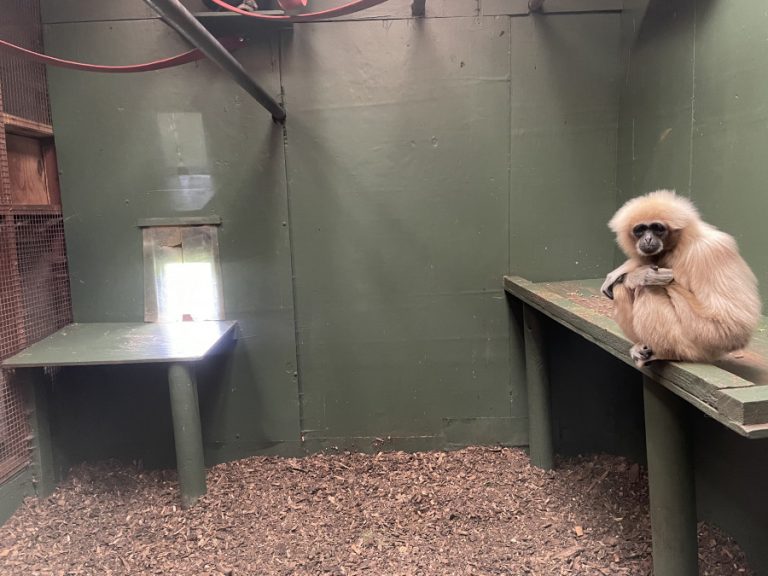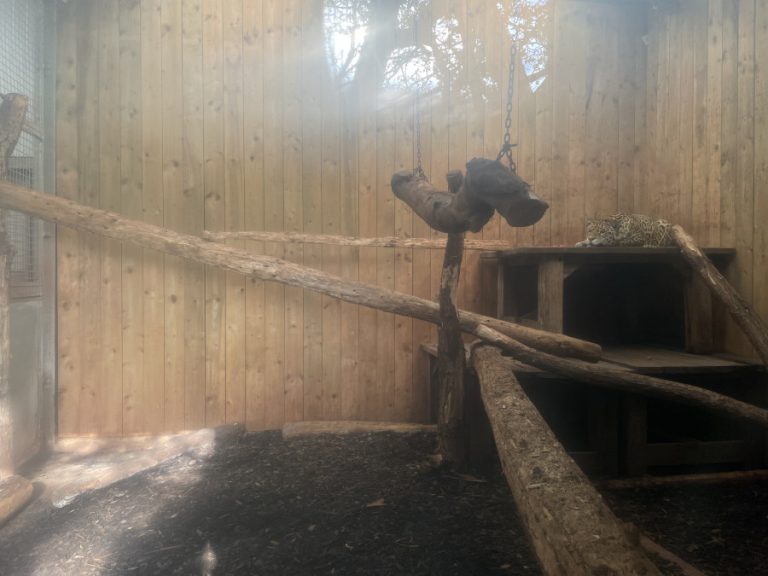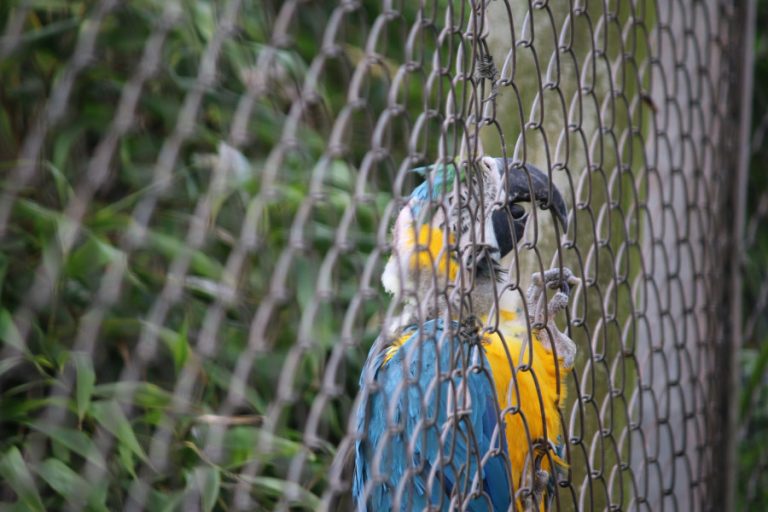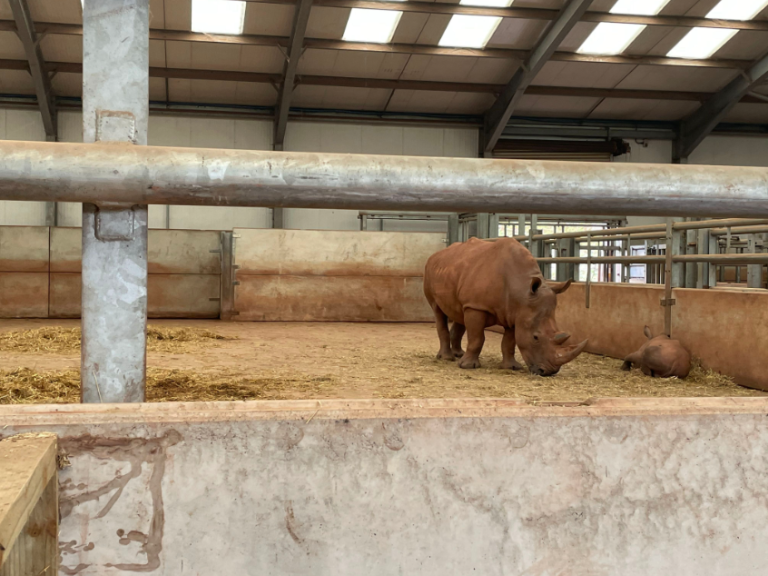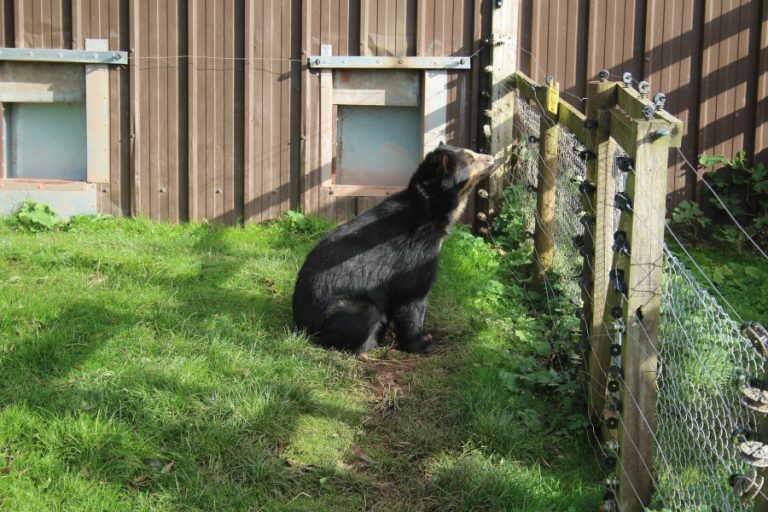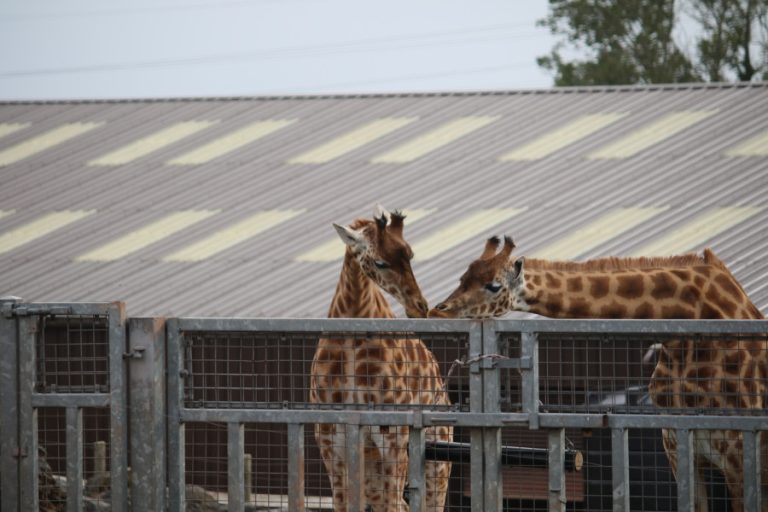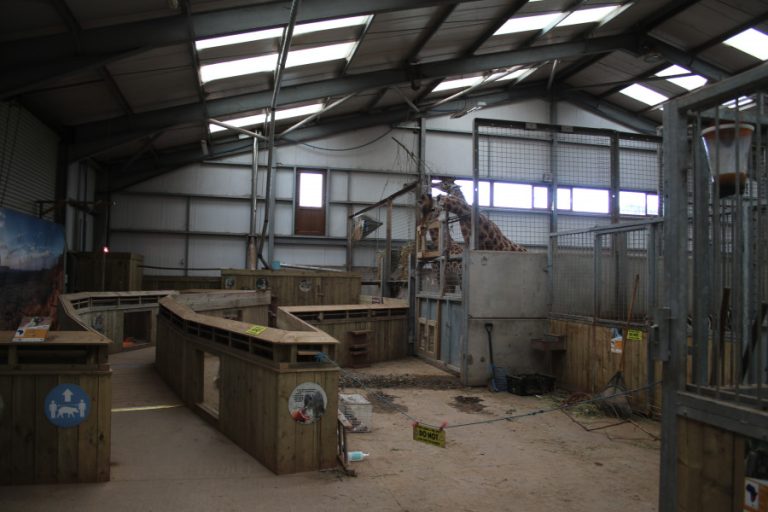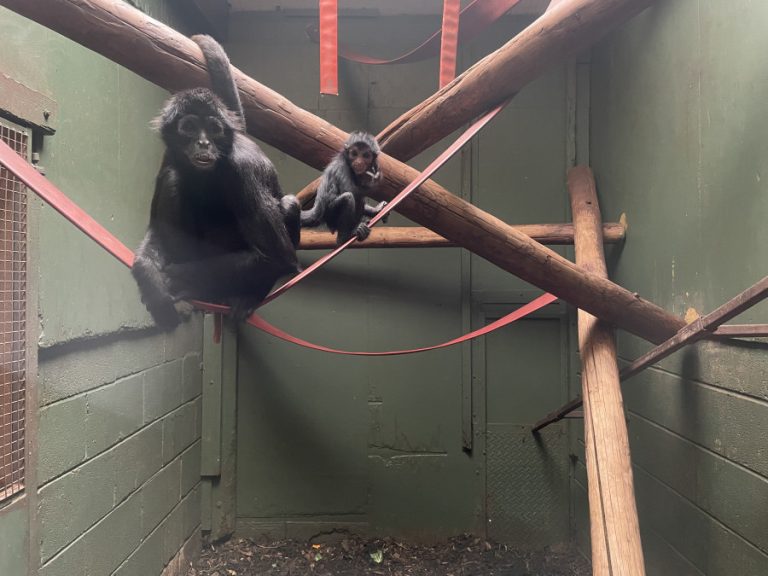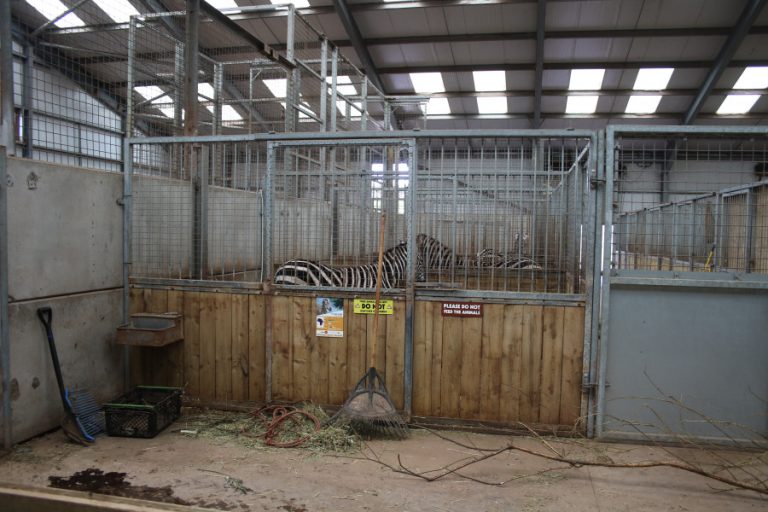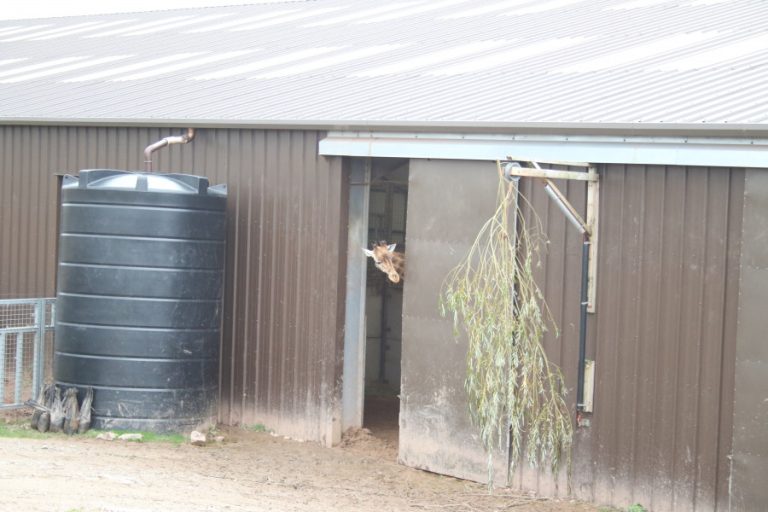Investigation: Safari Zoo, Cumbria (2022)
LOCATION: SAFARI ZOO CUMBRIA, LINDAL IN FURNESS
COUNTRY: UNITED KINGDOM
DATE OF VISIT: 17 OCTOBER 2022
Born Free visited South Lakes Safari Zoo, Cumbria, to investigate for ourselves the conditions in which animals are being held, following multiple public reports of concern relating to animal welfare and the general running of the zoo.
OUR REPORT:
The zoo made headlines in 2017 for losing its licence after a keeper was tragically killed by a tiger a year earlier and following the deaths of almost 500 animals over a three-year period. Since regaining a licence under new management there appear to have been attempts to improve some areas of the zoo. However, our observations suggest that the living conditions for animals and associated procedures continue to fail in many respects to meet the standards required under the Zoo Licensing Act 1981 or the Secretary of State’s Standards of Modern Zoo Practice.
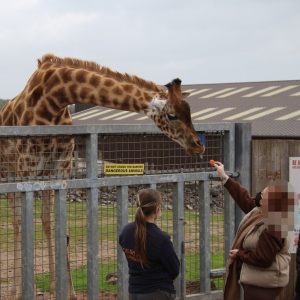
Of particular concern was the living situation of animals within the zoo’s Africa house. One female giraffe was seen to have extremely overgrown and curved hooves. This is an issue that appropriate foot care should have prevented. All giraffes were observed performing various oral stereotypes throughout the day, which is likely due to a lack of sufficient browse provision. A few branches were provided first thing in the morning but were not replaced throughout the inspection. It appeared that this was to increase the likelihood of giraffes participating in experiences where visitors pay to feed them inappropriate quantities of carrots, in contrast to natural dietary items such as leaves and stems. During one visitor experience session at least 52 guests fed a handful of carrots to two male giraffes. Before and after the experience both giraffes were observed orally stereotyping and no browse was available.
The number of other species housed in the same area appears to have created a time share issue in both the shared outdoor paddock and inside the house. The zoo currently houses eight rhinos, however a member of staff confirmed that different individuals could not be housed together. This has resulted in a situation where some individuals may not be provided outdoor access at all during the day. In some cases, they are confined to tiny stalls which just allow them to turn around. This also has a knock-on effect for the zoo’s zebra, who are not allowed outdoor access while the rhino are outside for animal safety reasons. As a result, despite being a herd species, each zebra appears to be separated into an individual stall and potentially kept inside all day. The zebra may then be shut out overnight, including during winter, however no bedding or heating was observed in the outdoor shelter.
The zebra are not the only herd species which currently appear to be held solitary. Others include the nyala and wildebeest. According to the zoo’s formal inspection report from in 2021, the nyala was identified as being solitary for “a considerable period”, however the zoo appears to have failed to address this and continues to fail to maintain animals in their natural social groupings.
An Andean bear at the facility was observed showing signs of zoochosis. The animal was observed sitting swaying in front of the same section of fence and testing the electric fence with its paw. It would then go inside before returning to the same spot and repeating the behaviour. This occurred multiple times until a keeper threw some food into the enclosure. No attempts to provide food-related enrichment was observed; instead, the food was simply placed in a pile.
A macaw was observed in the aviary with severe feather loss around its neck and a lack of feathers remaining on the top of its head. The aviary was closed as a precaution against avian influenza so further inspection of the situation was not possible. The bird was observed clinging to the side of the mesh without moving throughout the observation period. There was a lack of any visible enrichment in enclosures throughout the zoo. Old, dead Christmas trees were seen in a number of primate enclosures.
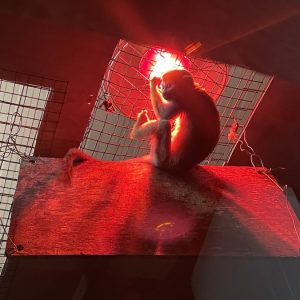 The heat provision in a number of enclosures appeared sub-standard. A number of primates were seen clinging to the mesh to get as close to heat lamps as possible. A sloth was seen clinging to mesh just inches above the ground to access a heat lamp intended for tortoises, who were also trying to access the lamp. It appeared that no heating was provided higher up in the enclosure in order to allow access by arboreal species such as the sloth. The provision of heat and UV for the tortoises appeared to be inadequate, since the animals observed could not all fully fit under the lamps provided. In the case of UV, just one lamp was provided for seven tortoises. The lamp was not large enough to enable one individual to fit underneath and bask. These observations strongly suggest that the ambient temperature in these enclosures is not suitable for the species housed within them.
The heat provision in a number of enclosures appeared sub-standard. A number of primates were seen clinging to the mesh to get as close to heat lamps as possible. A sloth was seen clinging to mesh just inches above the ground to access a heat lamp intended for tortoises, who were also trying to access the lamp. It appeared that no heating was provided higher up in the enclosure in order to allow access by arboreal species such as the sloth. The provision of heat and UV for the tortoises appeared to be inadequate, since the animals observed could not all fully fit under the lamps provided. In the case of UV, just one lamp was provided for seven tortoises. The lamp was not large enough to enable one individual to fit underneath and bask. These observations strongly suggest that the ambient temperature in these enclosures is not suitable for the species housed within them.
There were several occasions during the visit where no staff appeared to be present in walk-through enclosures in which the public could encounter Category 1 hazardous animals. The public were also able to purchase animal food at the zoo entrance, however the feeding of animals in the walk-through areas was largely unsupervised. As a result, visitors were witnessed throwing food at animals and cornering animals to try and feed them. In the case of the capybara, this resulted in a mother being temporarily separated from her pups which clearly caused distress to the animals.
Stand-off barriers appeared insufficient at a number of enclosures, risking the public being able to easily touch electric fences or animals – at one area of the giraffe enclosure, the stand-off consisted of a slack fire hose. In many places, boardwalks were deteriorating, and the mesh attached to prevent people slipping had holes in which were creating a trip hazard.
Finally, hygiene procedures during animal food provision appeared to fall well short of the standards that should be expected. Raw meat was seen to be left in a bucket outside the tiger enclosure on the inside of the keeper gate. This was covered in flies and in full view of visitors who could have easily come into contact with it. Rats were observed in the raccoon and tortoise enclosures.
The above provides just some examples of the issues observed during the visit. In summary, it is our strong view that the zoo continues to fail to meet even basic standards of animal welfare and visitor safety in a number of respects.
Photographic evidence obtained during the 2022 visit can be viewed in the photo gallery below.
ACTION:
Born Free has written to Barrow-In-Furness Council and the zoo to formally highlight our concerns and outline specific failings against the Zoo Licensing Act and Secretary of State’s Standards of Modern Zoo Practice that were observed during the visit.
SAFARI ZOO GALLERY (2022)
